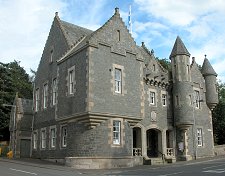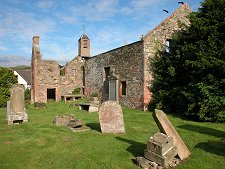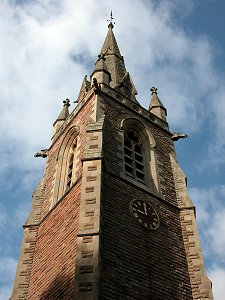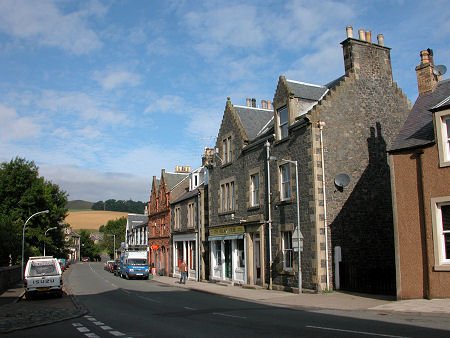 Stow from the Town Hall |
The village of Stow lies on the A7 a few miles north of Galashiels. Its seldom used full name is The Stow of Wedale. Depending on your source, "Stow" comes from the Anglo Saxon for "place" or for "fort", while local folklore interprets "Wedale" as "Dale of Woe", commemorating, it is said, a battle fought here by King Arthur.
It seems likely that a church was founded in Stow as early as the 600s. The earliest you can see on the ground today is the Old Kirk, built in the late 1400s on the site of the Church of St Mary, which was consecrated on 3 November 1242 by Bishop David de Bernham of St Andrews.
The Old Kirk was in turn repaired and rebuilt in the 1700s and early 1800s, before being abandoned in favour of a new church on a nearby site. It is now an attractive and intriguing ruin. In the south-east corner of the Old Kirkyard you can still see the remains of the Bishop's House, believed to have been an occasional residence of the Bishop of St Andrews, who owned considerable estates in the Borders.
Stow's spiritual needs are now served by St Mary of Wedale, standing above the A7 on the southern edge of the village. This church was built in 1876 and has an impressive tower standing some 140ft tall.
The church clock has a particular reputation for accuracy and in the days when Stow had a station on the Edinburgh and Hawick Railway, train drivers on the line would set their watches by it. The railway came to Stow in 1849, with a station built on the far, west, bank of the Gala Water in what is more properly called Stagehall. The line closed, and the station with it, in 1969. Times change, however, and Stow regained a railway station and a rail link to Edinburgh with the opening of the Borders Railway in September 2015.
Opposite the church is the pack bridge built to cross the Gala Water in 1655, using stone from the choir of the Old Kirk which at the time was in ruins. This was the first bridge over the Gala Water (until then everyone had used fords) and it linked Stow to the main route between Edinburgh and Galashiels, which unlike the modern A7 followed the west bank of this stretch of the river.
At the heart of Stow is its Town Hall, built in 1855 on a scale suggesting they had somewhere much larger in mind. Today it remains in use as offices, as well as providing accommodation for a wide range of community uses. Also prominent in the centre of the village is the rather sadder Royal Hotel, currently disused and looking for new ownership or use.
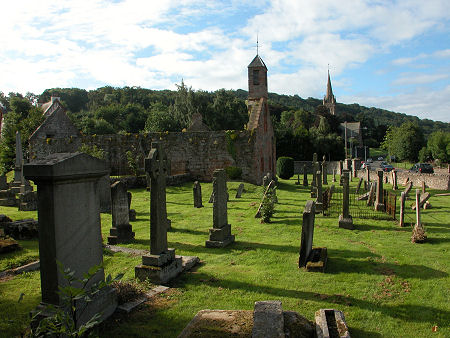 Old Kirk with St Mary of Wedale in the Background |
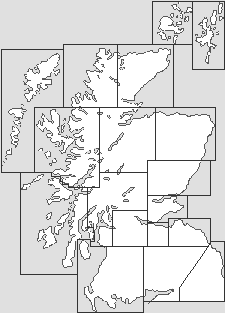
|
|
|
Visitor InformationView Location on MapWhat3Words Location: ///organs.hammer.gazes |
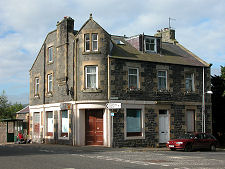 Corner Shop |
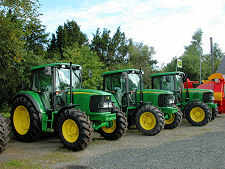 Tractor Dealership |
 Pack Bridge |
